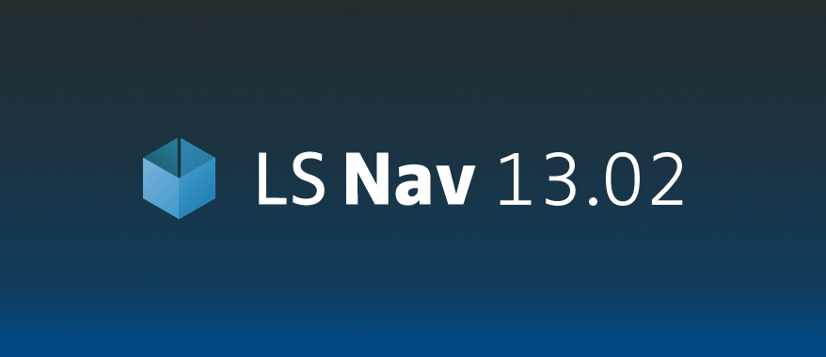LS Retail | 21 January 2019
LS Nav on Business Central 13.02: improved replenishment and quicker startup of the Hardware Station

The latest version of LS Nav on Business Central was released. This is the last version of the product known as LS Nav on Business Central: from version 13.03 onwards, the system will change name to LS Central. Let’s take a look at the most exciting new features that are now available.
Automated creation of documents in the Threshold Management functionality
In this release, we have enhanced the recently introduced Threshold Management functionality. Threshold Management, part of the Replenishment module, helps retailers save money by optimizing item quantities in Purchase Orders, and by avoiding Transfer Orders when there are only small quantities to transfer. The Threshold Rules describe upper and lower limits for quantity, weight, cubage, sales amount, cost amount or profit amount. These rules can be defined per vendors, items and item groups, locations, date periods and specific Replenishment Templates. Threshold Rules can interfere with each other - a violated rule for a specific item category can lead to a violation for a vendor-based rule, when the affected items are purchased from this vendor. This behavior, called Cross Dependency, is supported starting with this version of LS Central. Thanks to the introduction of the Partial Document Creation feature, you can now:- Calculate threshold rules with cross dependencies
- Approve and reset threshold rules with cross dependencies
- Set up Replenishment Templates that allow (or disallow) the automatic creation of Transfer Orders or Purchase Orders for items without threshold violations. You can decide to set up automated document creation even if other violations were raised for the specific Replenishment Template.
Even faster item creation
The Item Default functionality simplifies the creation of new items by enabling users to set up templates for items. The new field Update Default Item Store Rec in the Item Default Settings page extends this feature, enabling you to copy Item Store Recs from template items to new items.Easier setup of the Replenishment module for new customers
The Replenishment Sales History Adjustment table is a powerful tool to rectify a sales history in case of spikes in the sales pattern due to events, promotions, or other one-time effects. It is also often used to simulate a sales history for both items and stores in new customer implementations. Until now, the Replenishment Item Quantity calculation considered adjustments after the date of first sale. This date was derived from the Item Ledger Entries. In this release, we have added the field History Adjustment Before First Sales to the Replenishment Setup page. This enables you to activate the consideration of adjustments regardless of existing Item Ledger Entries. Thanks to this change, it will be simpler to make new implementations of the Replenishment module.Improvements to the LS Hardware Station
Until now, the LS Hardware Station used to load all device drivers at startup. This tended to slow down the process. From this release onwards, the device drivers are loaded into the Hardware Station only when needed. This means that the Hardware Station now starts faster than before. The sharing of scanners in the Hardware Station has also been improved. Now, users are asked if they want to take over a Hardware Station scanner that is already in use by another POS.
Featured eBook